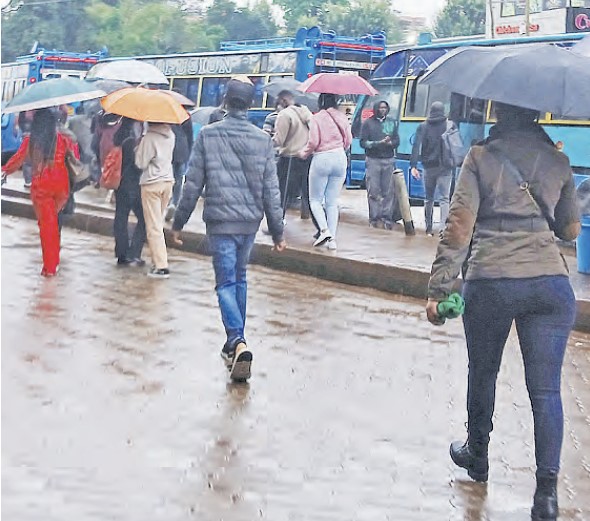Kenya is expected to experience below-average rainfall between October and December this year, with weathermen warning that a weak La Nina is developing and will disrupt the short rains season. According to the IGAD Climate Prediction and Applications Centre (ICPAC), central and eastern parts of the country will be hardest hit, while western regions may receive adequate rains.
The October–December rains, also known as the short rains season, are critical for food production, contributing up to 70 percent of annual rainfall in some regions. However, ICPAC’s latest forecast, released during the 71st Greater Horn of Africa Climate Outlook Forum in Nairobi, indicates a 55 percent probability that most of central and eastern Kenya will be drier and hotter than usual.
This forecast aligns with the World Meteorological Organization’s (WMO) warning that a weak La Niña, coupled with a developing negative Indian Ocean Dipole (IOD), will likely reduce rainfall across the Greater Horn of Africa. Both conditions typically suppress rains in eastern Africa during the October–December season.
Counties in western Kenya may receive more than 300 millimetres of rainfall, but those in northern and eastern Kenya face less than a 30 percent chance of reaching that threshold. Moreover, rains in eastern and central Kenya will be delayed, disrupting planting schedules, while western Kenya is expected to see an early or normal onset.
Experts warn that warmer-than-average temperatures, particularly in eastern regions, will worsen the effects of reduced rainfall by straining crops, livestock, and water supplies. However, parts of north-western Kenya, including Turkana, could experience cooler or near-average conditions.
ICPAC cautioned that while drier conditions are most probable, intermittent wet spells could still occur. This means short bursts of rain may interrupt dry periods in traditionally wet areas, while some regions expecting rain could face dry weeks.
Environment Cabinet Secretary Deborah Barasa assured that the government will continue supporting climate resilience efforts, while Kenya Meteorological Department acting director Edward Muriuki stressed the importance of timely and accurate climate updates. IGAD Deputy Executive Secretary Mohamed Ware called for urgent preparations, noting that early action is vital in managing risks in a region already on the frontline of the climate crisis.

